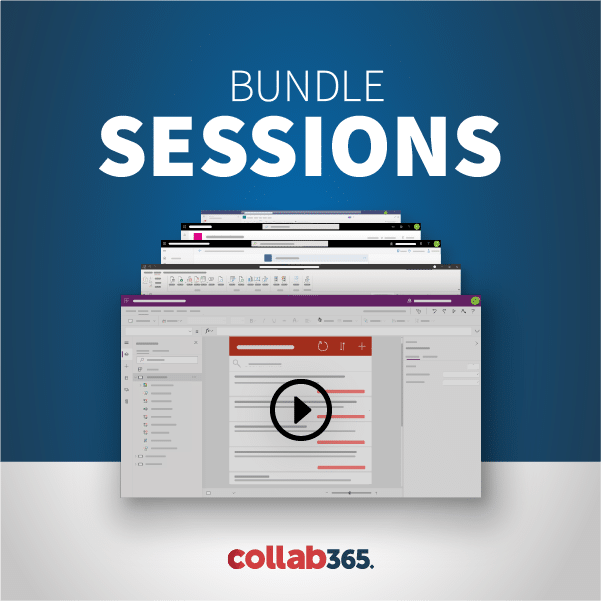SharePoint 2016 has now been out for a couple of months and I was wondering if you were all busy building you business cases to start the migration ASAP 🙂 If you are moving to it what are the main drivers for doing so and where are you migrating from? If you have already moved to SharePoint 2016, what’s your experiences and are you using any of the hybrid features?
Here are few of the tips that i would like to give to those who are looking for SharePoint 2016 migration.
1. A SharePoint content audit
In its simplest terms, a SharePoint content audit is designed to leave any outdated or unimportant content behind in the old system. You may think this is rather self-explanatory, but reducing the scope of migration is something a lot of companies neglect to do. Be strict with what you want to keep; the most effective way to reduce the hassle of migrating content is to migrate less.
2. Embrace the 80/20 rule
For those not familiar with the 80/20 rule, it stands for 80% of your employees will use no more than 20% of the content on your intranet. For that reason, it’s a good idea to identify that core 20% of content, and make it the first thing you migrate over.
In the wise words of Creighton Abrams, “When eating an elephant, take one bite at a time.” While we’re not advocating anything of the sort, when you’re dealing with a lot of content, it’s best to do it slowly and carefully.
3. Pick a SharePoint migration strategy
In practice, there are 3 main methods of migrating content: Manual, Automated or a mixture of both.
But which one do you go for? In a perfect world, there would only be one answer to this:
• Automated would require no manual effort, but the extra technicalities mean it can only be determined on a case by case basis, and thus it isn’t feasible for every project.
• Manual migration is the simplest to perform, but equally the most painful; a monotonous process of cutting and pasting and copying content.
• So your best bet is a partially automated migration – the best of both worlds. Even if some areas are too old quality-wise, there are likely to be other areas or types of content with a greater structure that are fit for automated migration.
4. Consider security at every step
A good automated migration approach will, more often than not, respect the security of the old system. Using a more manual approach, you’ll need to be more careful to make sure previous security policies are adhered to. Also when moving content to the cloud, be careful what’s appropriate for this entirely different domain and what isn’t.
5. Don’t forget post migration
Once a SharePoint migration or SharePoint Migration to Office 365 is complete, the real work often begins. Post migration tasks (cleaning up page layouts, checking links, ensuring security and permissions are ok, …) can be the difference between a great migration and a poorly executed one.
SharePoint 2016 Upgrade – Should You Stay or Should You Go Now:
http://www.cmswire.com/information-management/sharepoint-upgrade-sh…
I did a content DB migration with custom solution and timer job. It was a plain migration without any issue. Client is not using hybrid feature, we implemented SharePoint 2013 last year and site was still in UAT and with RTM release customer shown interest to move to 2016 and now they are using it for UAT.

